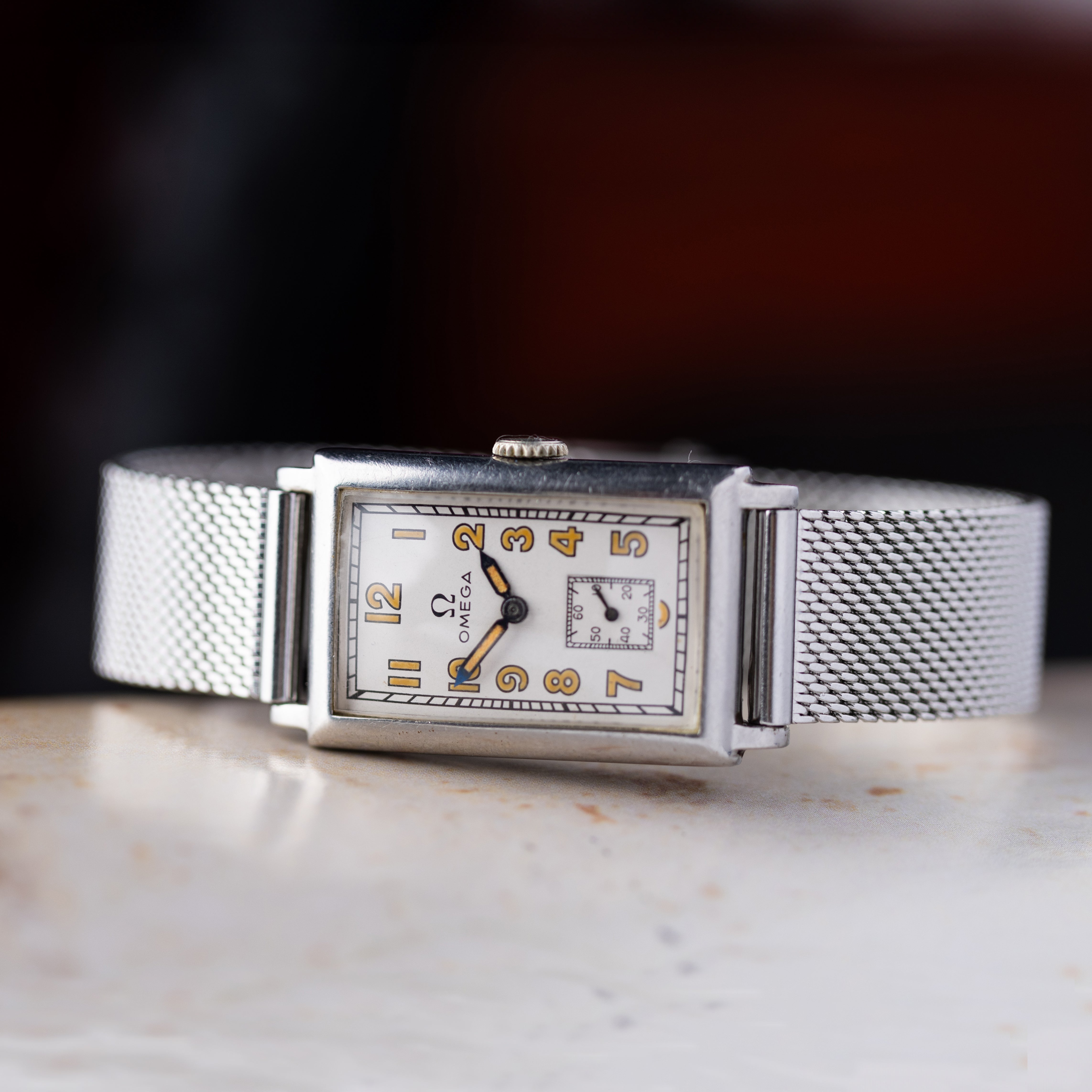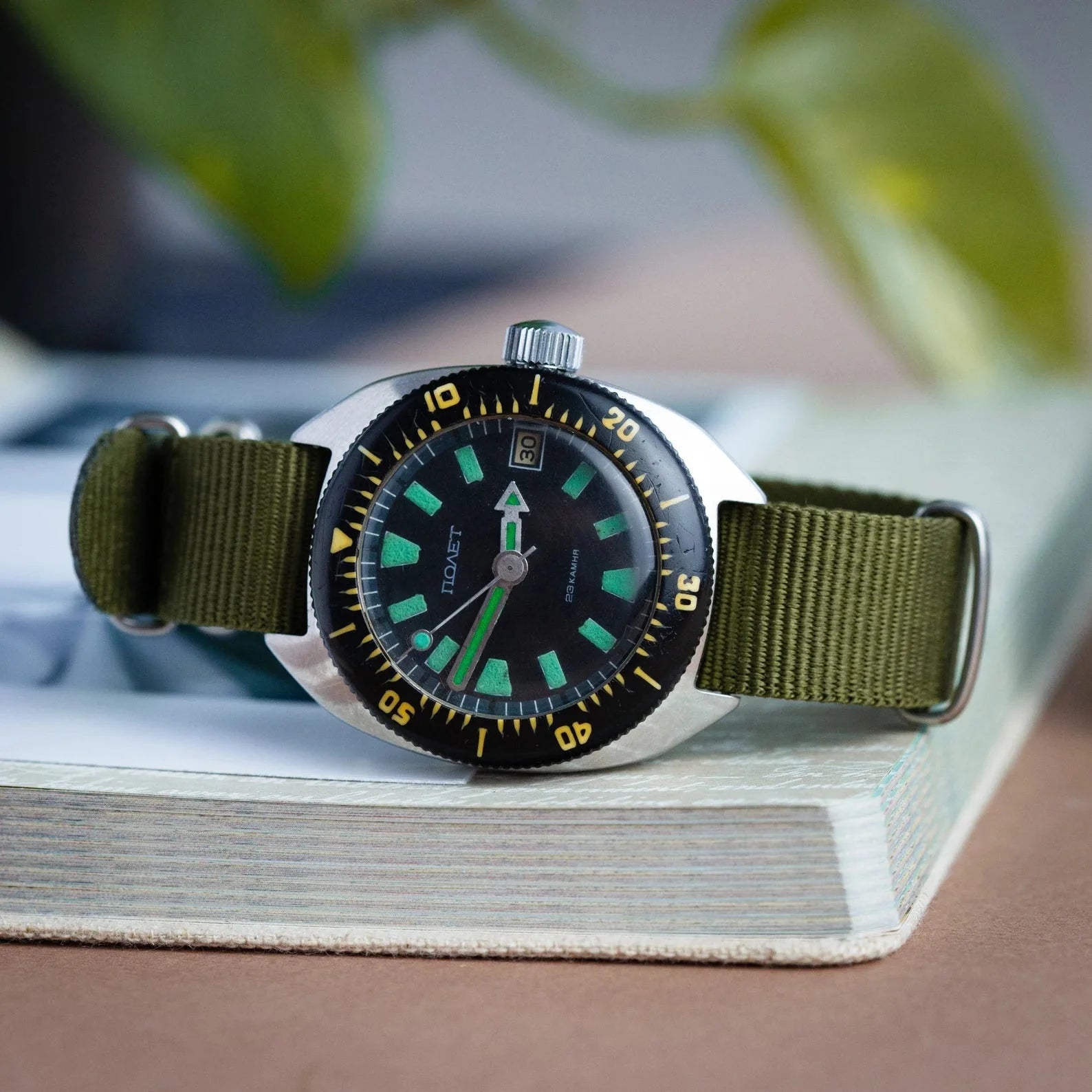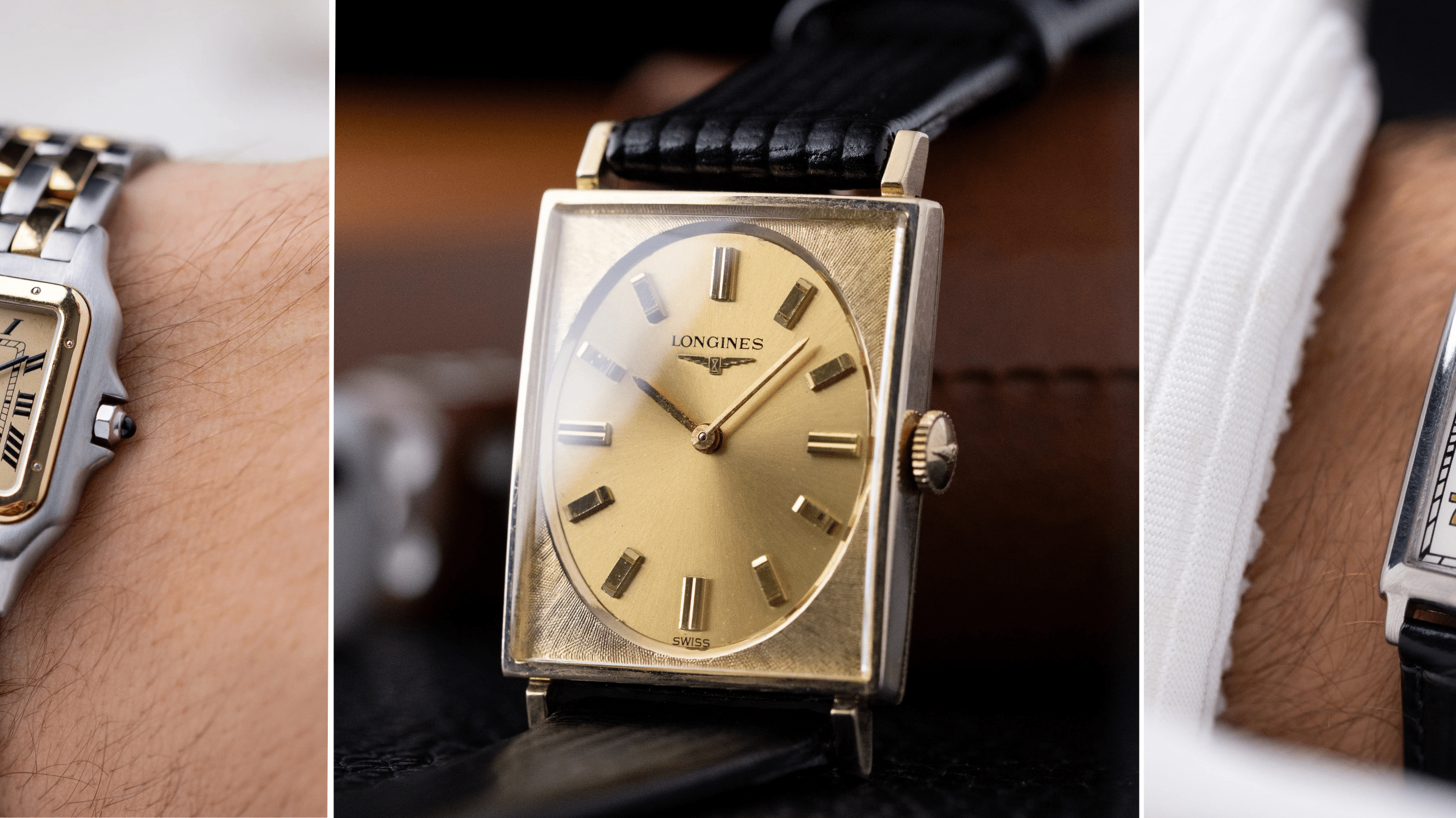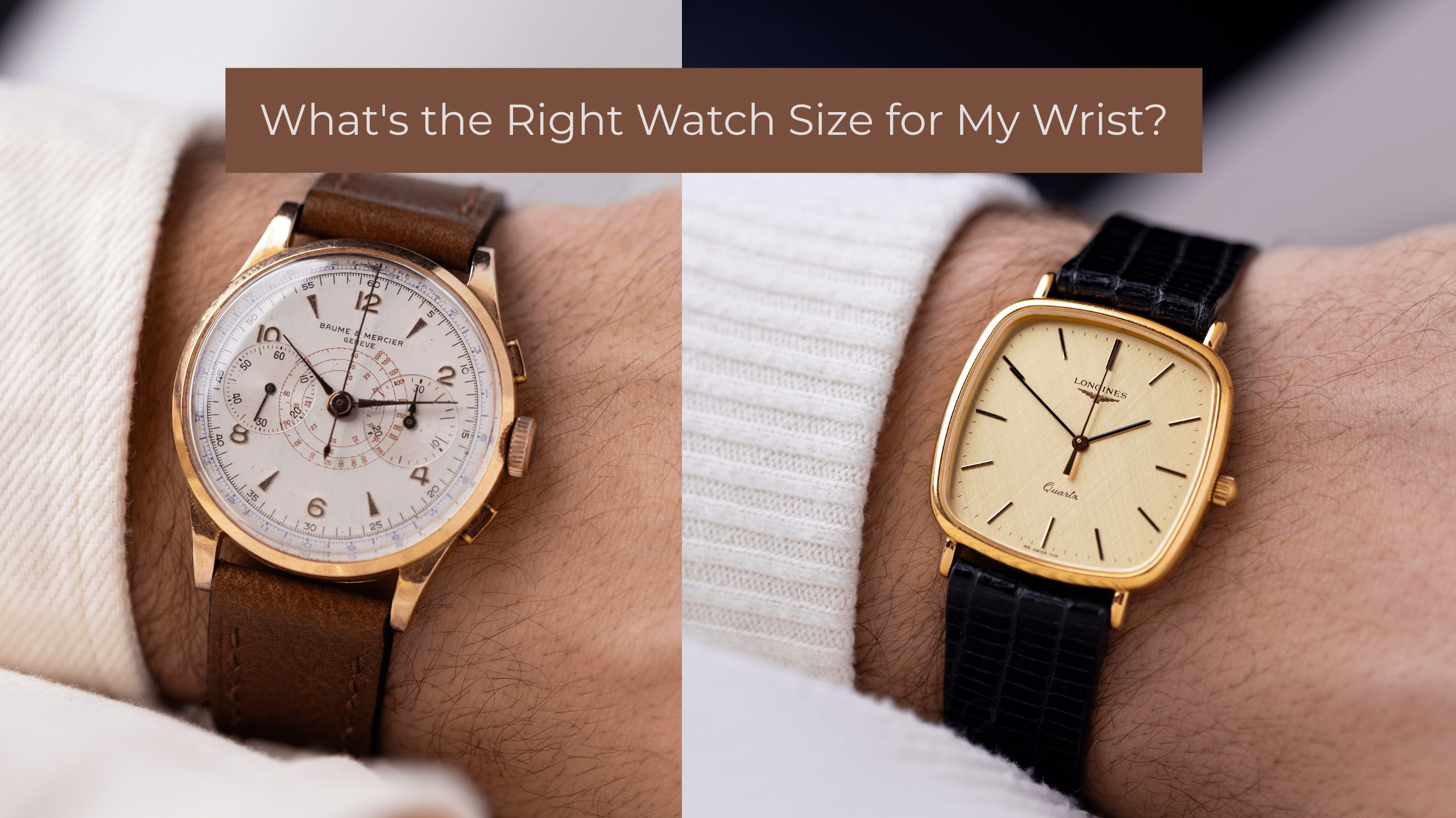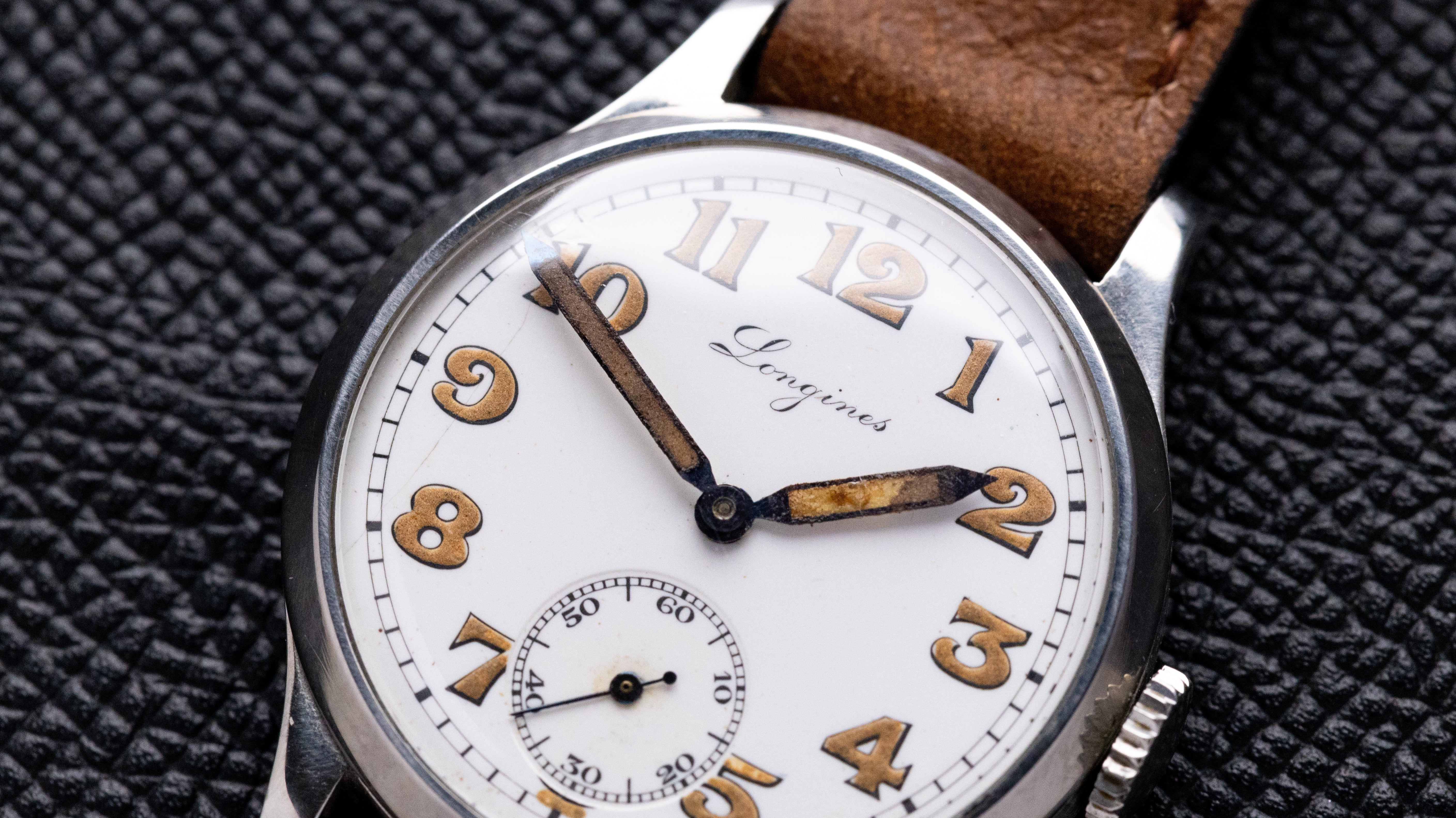Soviet watches, with their compelling intersection of craft, history, and industrial might, represent a significant chapter in horology. These ticking ambassadors of a bygone era serve as time-capsules, encapsulating socio-political transformations alongside technological advancements. A dive into the genesis, production, and evolution of these timepieces opens up fascinating narratives and poignant understandings of an important period in world history.
Pre-Soviet Era Timekeeping
Soviet timekeeping traditions stretch back centuries, encompassing sundials, hourglasses, and mechanical clock-towers. However, wristwatch manufacturing was largely absent until the early 20th century. The well-established Swiss and American watchmaking industries dominated the global scene, with Russia primarily importing these timepieces. With the lack of a mature domestic watch industry, the Tsarist Russia remained largely dependent on foreign-made watches, providing a market largely inundated with Swiss and American imports.
Foundation of Soviet Watch Industry
Following the 1917 revolution, the newly formed Soviet Union sought self-reliance, including establishing a domestic watch industry. This endeavor began in earnest during the First Five-Year Plan (1928-1932), with the intent to modernize the Soviet economy. Emphasizing the crucial role of time in industrial efficiency, the plan necessitated reliable, mass-produced timepieces.
The State, eager to jumpstart the industry, imported machinery and experts from the American company Dueber-Hampden Watch, thereby acquiring the requisite technology and know-how. Thus, the First State Watch Factory, or "1st Moscow Watch Factory", opened in 1930, marking a significant milestone in Soviet industrial history. Here, the Soviets started manufacturing "Rodina" watches, reminiscent of their American counterparts in design and quality.

The advent of World War II pivoted the industry. With the German invasion in 1941, the factory was relocated to Zlatoust in the Ural mountains. Producing deck watches for the Navy and aircraft clocks, this factory played a critical role in the war effort, epitomizing the intersection of horology and national defense.
Post-war, the industry saw rapid expansion. The repurposed German factories, acquired as war reparations, significantly boosted Soviet watchmaking capabilities. Watch factories mushroomed across the country, marking the rise of brands like Raketa, Vostok, and Poljot, each carrying its unique identity while collectively defining the essence of Soviet horology.
Technical Process
In the realm of horology, Soviet watchmaking distinguished itself through a vertical production structure. This comprehensive approach involved manufacturing almost all components in-house, including balance wheels, hair-springs, and mainsprings. It signified not just a national ambition for self-sufficiency, but also a distinct prowess in mastering a wide array of production techniques.
The process initiated with the design phase, characterized by stringent functionality, ruggedness, and a distinctive Soviet aesthetic. Once approved, technical drawings guided precision machining of components. Mass production was key, aiming at economies of scale and cost-effective production.
Quality control in the Soviet era had an interesting twist. "3AKA3 MO CCCP" — a phrase imprinted on many timepieces — denoted watches passing rigorous state quality tests. This certification was not merely a standard requirement, but a prestigious acknowledgment of excellent workmanship.
Major Brands and Models
The Soviet watch landscape was home to several noteworthy brands. The "1st Moscow Watch Factory" birthed Poljot, known for its "Sturmanskie" model, the first watch in space on Yuri Gagarin's wrist. Another highlight, the "Chronograph C", is hailed for its column-wheel chronograph movement.

Vostok, operating from Chistopol, gained renown for their "Komandirskie" and "Amphibia" models. These rugged, water-resistant timepieces were designed for military use and demonstrated remarkable innovation within a tight budget.
Petrodvorets Watch Factory's "Raketa" brand carved out its niche with the iconic "Polar" model, uniquely designed for polar explorers to withstand extreme conditions. The 24-hour dial was its distinctive feature, reflecting the sun's constant presence in polar regions.
Impact of Political and Economic Changes
Political events in the USSR greatly influenced its watch industry. Post-war industrial growth, spurred by the Cold War, led to advancements in timepiece technology. However, the subsequent dissolution of the Soviet Union triggered a rapid decline.
The 1990s witnessed a shift from a planned economy to a market-driven one, posing enormous challenges. Foreign competition, coupled with economic instability, nearly decimated the industry. However, in the 2000s, a revival was set in motion. The burgeoning global interest in vintage watches and the resurgence of domestic demand breathed new life into these iconic timepieces. Brands like Raketa and Vostok re-established themselves, offering a blend of historical heritage and modern watchmaking prowess.
Legacy of Soviet Watches
Soviet watches have carved an enduring niche in the realm of horology. They offer a fascinating blend of industrial heritage, compelling designs, and historical narratives. Unlike their Swiss and American counterparts, Soviet watches were never mere fashion accessories. Rather, they symbolized an era, reflecting the ethos of Soviet society and industry.
In recent years, there has been a resurgence of interest in these timepieces. This renaissance is not merely borne out of nostalgia but also appreciation for their unique characteristics. These watches demonstrate that robust, reliable timepieces can be created with limited resources and under challenging circumstances.
Collectors worldwide cherish Soviet watches for their ruggedness, reliability, and distinctive aesthetics. Models such as the Vostok Amphibia and Poljot Sturmanskie have become icons in their own right. They symbolize ingenuity, innovation, and industrial prowess, sparking interest among horologists and history enthusiasts alike.
Despite the turbulent history of the Soviet Union, its watch industry managed to survive and evolve. Brands like Raketa and Vostok have reinvented themselves in the post-Soviet era, blending historical legacies with contemporary watchmaking techniques. They offer a unique blend of past and present, serving as a testament to the resilience of the Soviet watch industry.
The saga of Soviet watches is a captivating narrative woven from the threads of history, industry, and culture. These timepieces, products of a bygone era, carry a wealth of stories from the Soviet Union’s industrial triumphs to its socio-political transformations. Their legacy continues to live on, captivating horologists and history enthusiasts alike. As we explore the mechanisms beneath their rugged exteriors, we uncover layers of history, testament to human ingenuity and resilience against time. Thus, understanding Soviet watches is not merely an exploration of horological craftsmanship, but a journey through a significant epoch of human history.

